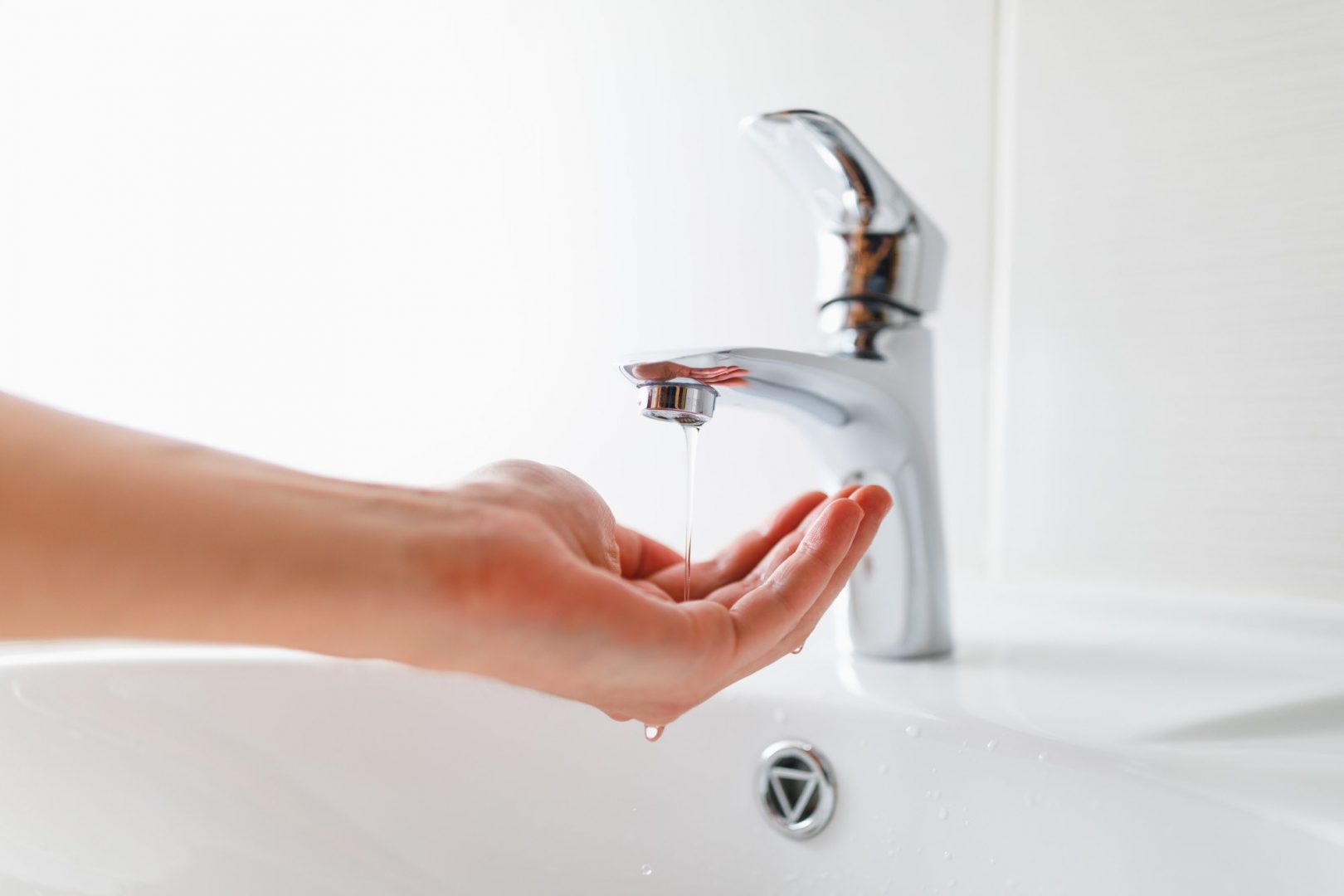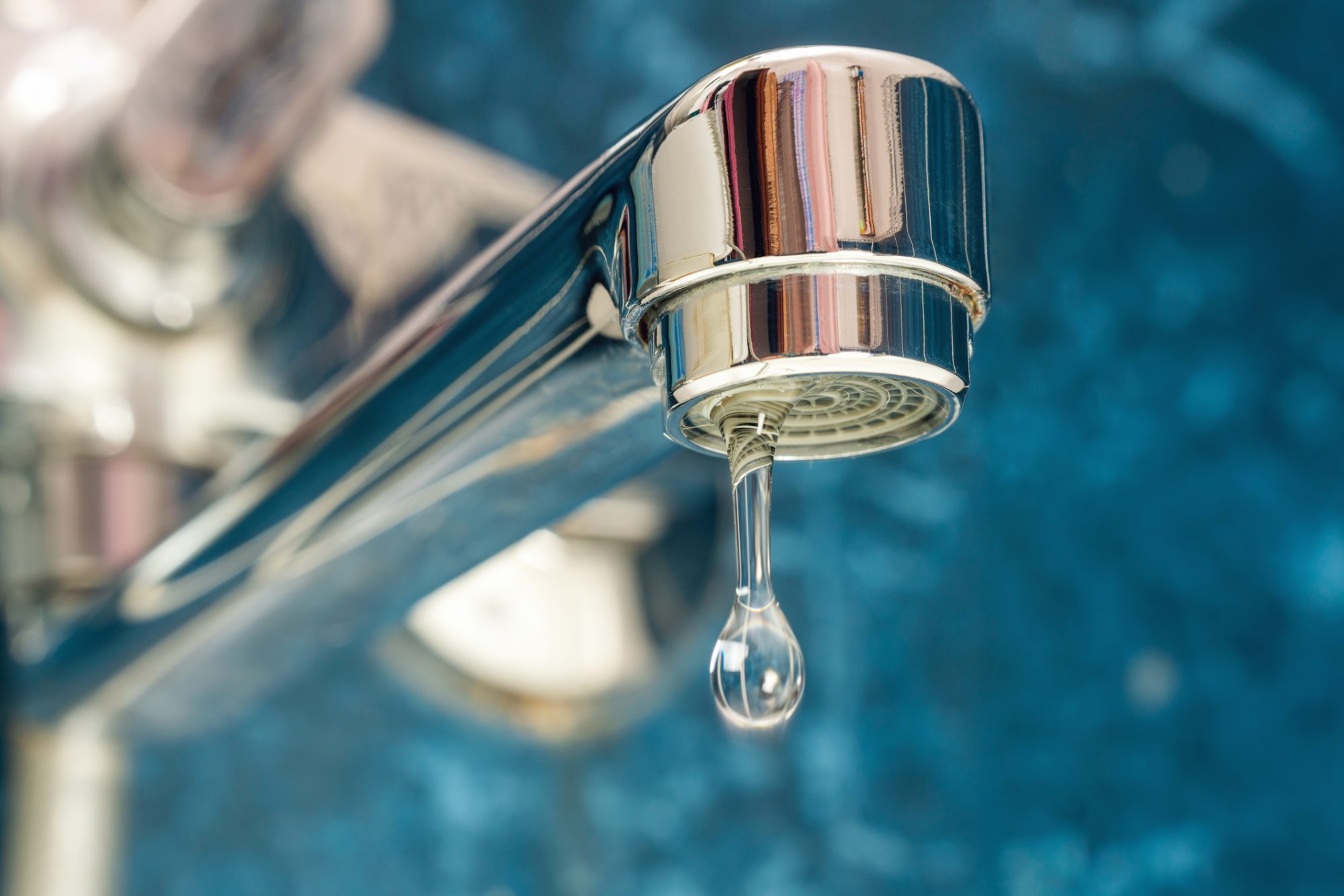Exploring When a Leaky Faucet May Affect Your Home
Exploring When a Leaky Faucet May Affect Your Home
Blog Article
Each person is bound to have their private piece of advice when it comes to How to Fix a Leaky Faucet.

Introduction
A dripping faucet may seem like a small annoyance, however its effects extend far beyond the occasional drip. Understanding the impacts of a leaky faucet is essential for both house owners and the atmosphere. In this post, we'll check out the numerous influences of this typical home issue and why resolving it immediately is vital.
Reasons For Leaky Faucets
Leaky taps can arise from a selection of elements, consisting of wear and tear, high water stress, and corrosion. With time, the continuous use of faucets can lead to damaged seals and gaskets, causing leakages to establish. In addition, extreme water stress can place strain on plumbing components, resulting in leaks. Rust and rust can likewise deteriorate faucet parts, making them vulnerable to leak.
Water Waste
One of one of the most significant consequences of a leaky faucet is water wastage. Also a tiny drip can add up to gallons of wasted water gradually. This not just increases water bills yet additionally contributes to water shortage and environmental deterioration. Addressing leaking faucets immediately is crucial for preserving this precious resource and reducing its effect on the world.
Financial Impact
Along with wasting water, dripping taps can also have a substantial economic effect. Boosted water costs are a direct effect of water waste, setting you back homeowners thousands of dollars each year. Furthermore, the price of fixing water damages caused by leakages can be considerable, especially if left ignored for a prolonged duration.
Environmental Effect
The ecological influence of dripping faucets extends beyond water waste. By preserving water, homeowners can contribute to wider efforts to minimize water shortage and safeguard natural environments. Lasting options such as rainwater harvesting and water-efficient fixtures can even more decrease the environmental impact of family water usage.
Technical Solutions
Improvements in technology have actually resulted in the growth of smart taps and water-saving devices that assist decrease water waste. Smart faucets make use of sensors to find activity and adjust water flow appropriately, lowering waste without sacrificing comfort. Water-saving devices such as aerators and low-flow showerheads are likewise reliable in saving water without compromising efficiency.
International Viewpoints
While leaky taps might appear like a localized issue, they add to broader worldwide challenges such as water scarcity and climate modification. In regions currently dealing with water tension, every drop counts, making leak prevention and repair work necessary. By adopting water-saving techniques and investing in lasting technologies, house owners can play their part in dealing with these pressing worldwide problems.
Regulatory Steps
Federal government guidelines play a vital duty in minimizing the effect of leaky faucets and advertising water conservation. From building codes that require water-efficient fixtures to water-saving incentives and discounts, policymakers have a variety of tools at their disposal. By applying and enforcing these guidelines, federal governments can ensure that house owners focus on water preservation in their every day lives.
Neighborhood Effect
Addressing leaking taps requires cumulative efforts at the area degree. By increasing understanding about the relevance of water conservation and giving resources for leakage detection and fixing, regional authorities can encourage house owners to take action. Efforts such as water-saving discount programs and leak detection projects can incentivize behavior modification and advertise liable water usage.
Situation Researches
Real-life instances of the influence of leaky faucets highlight the value of aggressive upkeep and prompt repairs. From water damage to skyrocketing water expenses, the repercussions of neglecting leaks can be serious. By sharing these case studies, property owners can better understand the significance of addressing dripping taps immediately.
Educational Campaigns
Educational campaigns play an important role in raising recognition regarding the effects of dripping faucets and advertising water conservation techniques. With workshops, seminars, and on the internet resources, home owners can learn just how to discover and fix leaks themselves. By encouraging individuals with understanding and devices, educational projects can cultivate a culture of accountable water use within communities.
Health and wellness Concerns
Leaky faucets can develop conducive atmospheres for mold and mildew development, posing health and wellness risks to occupants. The presence of mold and mildew can worsen breathing problems and allergies, particularly in prone individuals. Additionally, water damage arising from leakages can compromise the architectural stability of buildings and cause expensive repair work.
DIY vs. Expert Repair work
When confronted with a leaking faucet, home owners frequently dispute whether to try fixings themselves or employ a specialist plumber. While DIY repair work can save money, they may not constantly address the underlying issue successfully. Specialist plumbing technicians have the knowledge and devices to identify and take care of leaks properly, guaranteeing lasting solutions and comfort for house owners.
Preventive Measures
Avoiding dripping taps needs routine upkeep and aggressive actions. Straightforward jobs such as changing damaged washers and seals can avoid leaks from developing. In addition, updating to top notch fixtures and decreasing water pressure can aid extend the lifespan of taps and reduce the risk of leakages.
Conclusion
Finally, the impacts of a leaky tap extend far past the occasional drip. From water wastefulness and raised water expenses to health worries and ecological effect, the effects of ignoring leaks can be substantial. By dealing with leaking taps promptly and adopting water-saving methods, home owners can mitigate these effects and contribute to a more sustainable future.
Why You Shouldn’t Ignore a Leaky Faucet in Your Home
What Causes a Leaky Faucet?
Various factors can cause a leak, from loose and worn-out parts to corrosion. Your faucet has four essential components from which most plumbing issues will stem: the O-ring, the valve seat, the washer and the gasket.
What Is an O-Ring?
The O-ring is a stem screw that fastens parts of the faucet in place, preventing water from leaking out of the spout. Depending on your faucet type, the stem might have multiple O-rings. Water will drip from the faucet’s handles and base if this part breaks or deteriorates.
What Is a Valve Seat?
The valve seat controls the flow and temperature of the water. Found at the base of the handle, it works as a seal for the faucet’s stem. The valve seat ensures the water is allowed to flow or is blocked as the handles dictate. You’ll know it’s malfunctioning when water leaks from your faucet’s sides.
What Is a Gasket?
The gasket is found between the water inlet and the valve stem. It creates a seal between the faucet and the sink, holding its joints by aerators attached to the stem’s head. Water will trickle out from the base if the gasket isn’t working.
What Is a Washer?
The washer secures the handles and prevents leakage, serving a similar purpose to the O-ring. While the O-ring is ordinarily round and made from an elastic material, such as rubber, the washer is square-shaped and composed of brass, copper and other hard metals. If it malfunctions, corrodes or has been improperly installed, water will leak out of the handles, causing that incessant faucet drip.
Why Is a Leaky Faucet Dangerous?
A leaky faucet left alone for too long can have significant consequences.
Pest Infestations
Since bugs and rodents gravitate towards the scent of water, a leaky faucet will draw pests to your sink. Both are looking for leaks accessible through crawl spaces, which a faucet provides. If you leave water dripping for too long, you run the risk of an infestation.
Rust
If one of the faucet parts has started to corrode, the resulting rust can spread to your pipes and valves with startling speed. The rust might even lead to cracks or other impairments, resulting in more severe plumbing issues.
Your sink could also sustain damage from a leaky faucet. The water in your tap possesses sparse elements of calcium and iron that can stain your sink with repeated and prolonged exposure. Once those elements in the water have been open to the air for some time, your sink will start to rust, creating marks that can be difficult to remove.
https://www.tomsmechanical.com/blog/why-you-shouldnt-ignore-a-leaky-faucet-in-your-home

As a keen reader about Potential Health Risks Associated With Leaky Faucets, I thought sharing that piece of content was a good idea. Sharing is good. You won't know, you may very well be helping someone out. Thank you so much for your time spent reading it.
Report this page